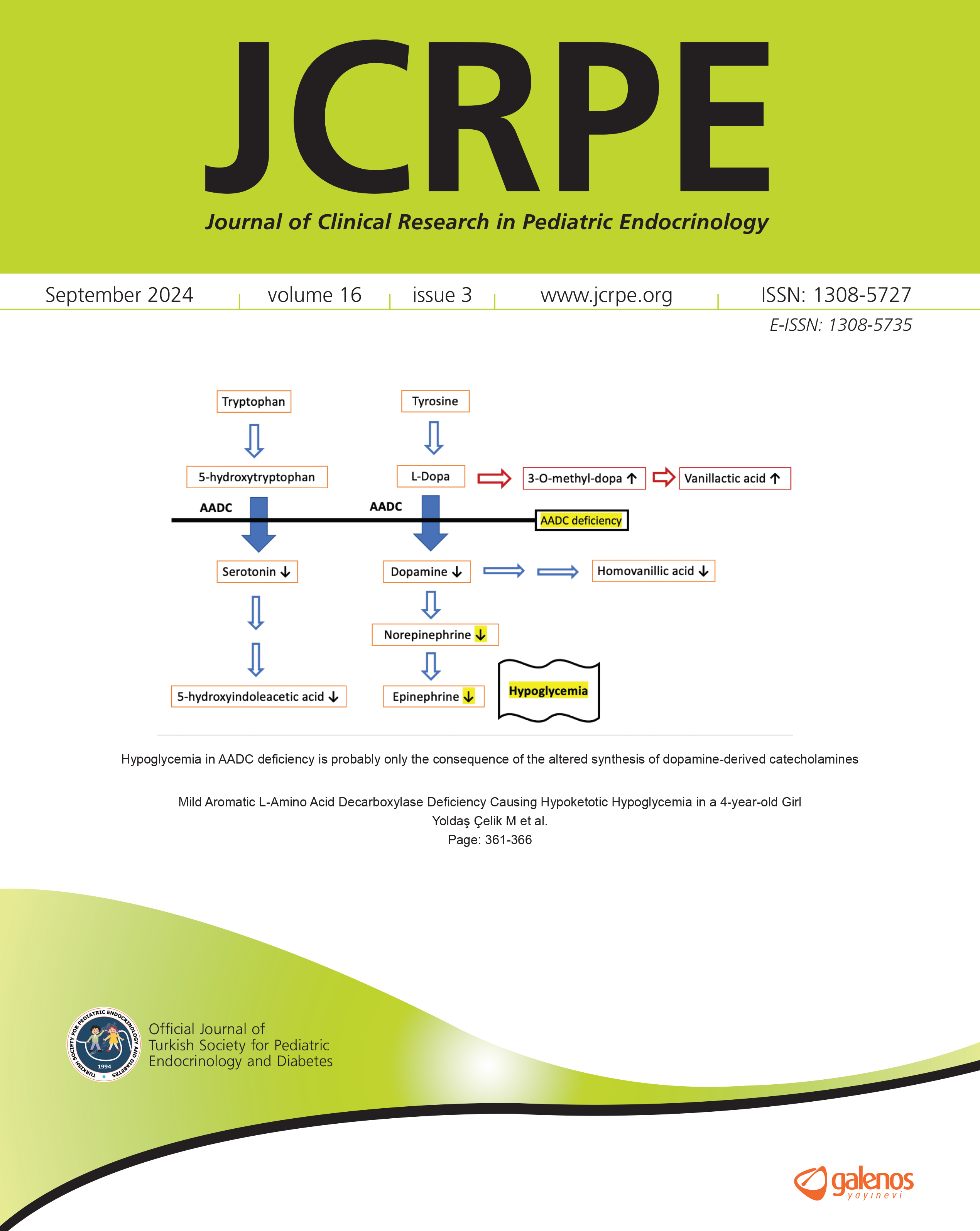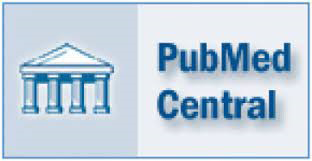Current Diagnostic Approaches in the Genetic Diagnosis of Disorders of Sex Development
Deniz Özalp Kızılay, Samim ÖzenPediatric Endocrinology and Diabetes, Ege University Medical School, Department of Pediatrics, Division of Pediatric EndocrinologyDisorders of sex development (DSD) are a clinically and genetically highly heterogeneous group of congenital disorders. The most accurate and rapid diagnosis may be possible with a complementary multidisciplinary diagnostic approach, including comprehensive clinical, hormonal, and genetic investigations. Rapid and accurate diagnosis of DSD requires urgency in terms of gender selection and management of the case. Despite the genetic tests performed in current daily practice, the genetic cause is still not elucidated in a significant proportion of cases. Karyotype analysis can be used as a standard for sex chromosome identification. In addition, quantitative fluorescent polymerase chain reaction (QF-PCR) or fluorescence in situ hybridization (FISH) analysis can be used for faster and more cost-effective detection of the sex chromosome and SRY gene. Multiplex ligation-dependent probe amplification (MLPA), single-gene sequence analysis, next-generation sequence analysis (NGSA), targeted NGSA, whole-exome sequencing (WES), and whole-genome sequencing (WGS) analyses can be performed according to preliminary diagnoses. Microarray analysis (array comparative genomic hybridization (aCGH) and single nucleotide polymorphism array (SNPa)) should be performed in cases with syndromic findings and if no pathology is detected with other tests. In DSD cases, the use of optical genome mapping and techniques, which will probably be in daily practice in near future, may be considered. In conclusion, the clinical and genetic diagnosis of DSD is difficult, and molecular genetic diagnosis is often not available. This has psychosocial and health implications for patients and their families. New genetic techniques, especially those targeting the whole genome, may provide a better understanding of DSD through the identification of little-known genetic causes. This review focuses on conventional genetic and next-generation genetic techniques used in the genetic diagnosis of DSD, as well as possible genetic diagnostic techniques and approaches that may be used in routine practice in near future.
Keywords: Diagnostic approaches, disorders of sex development, genetic diagnosisManuscript Language: English



























